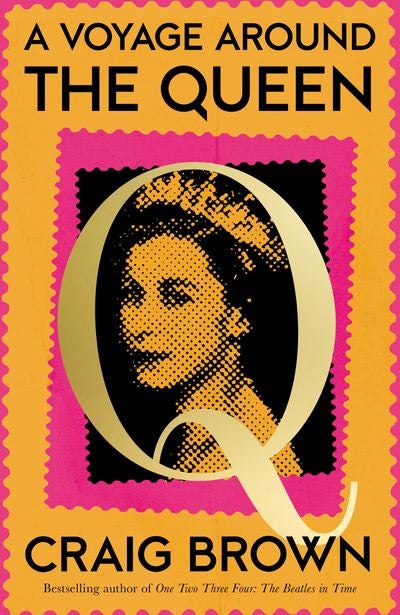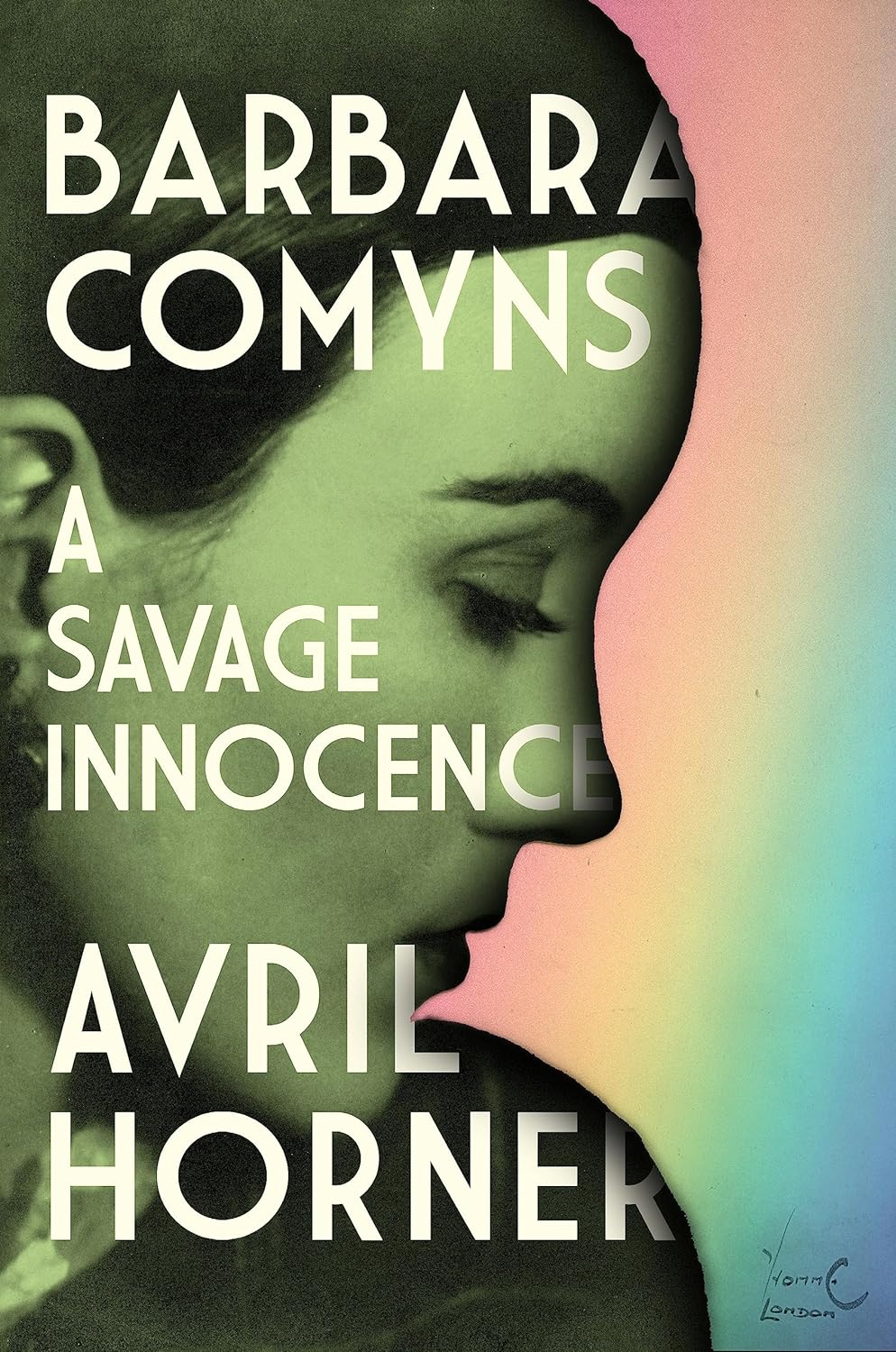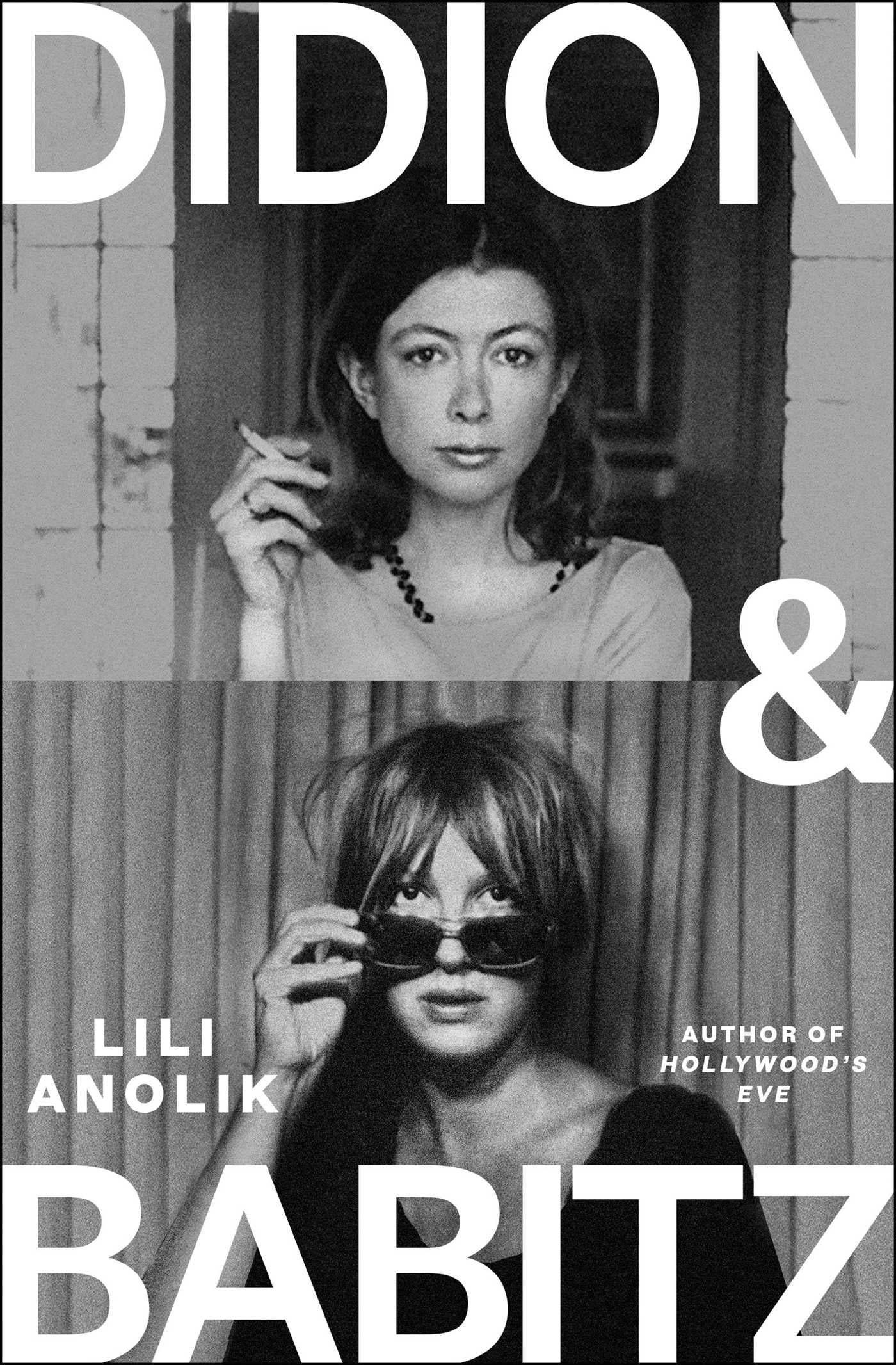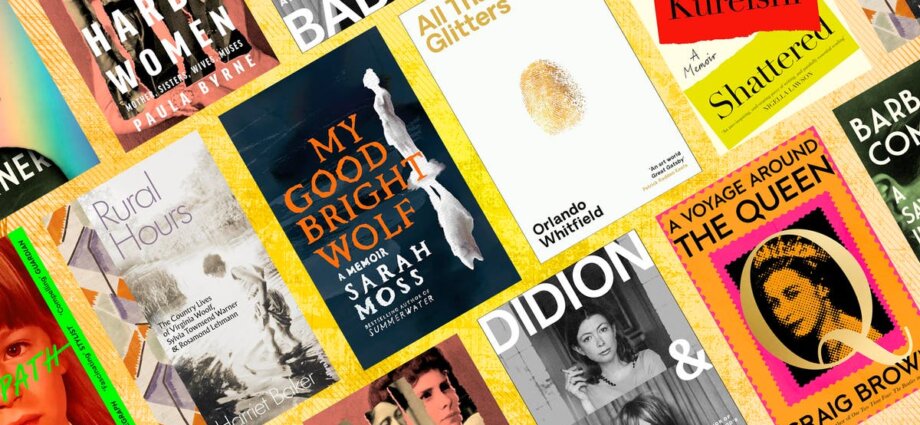Literary “It-girls” and their complicated legacies. Candid reflections on lives fractured by devastating injuries. Art world excess. And a deep dive into what it truly means to be a sociopath. This year’s very best biographies and memoirs certainly cover some varied terrain, emotionally and otherwise.
Fans of literary biographies have been treated to books providing enlightening new perspectives on heavyweights such as Thomas Hardy and Virginia Woolf, as well as accounts of lesser-known but no less fascinating authors, while some of our best contemporary writers, such as Salman Rushdie, Hanif Kureishi and Sarah Moss, have swapped fiction for memoir.
Royal biography is a very crowded sub-genre, but two years after Elizabeth II’s death, the endlessly inventive Craig Brown has pulled off a near-impossible feat: writing an account of the late monarch’s life that feels expansive, fresh and funny, without resorting to hagiography or clichés.
Intrigued? These are our picks of 2024’s must-read life stories.
My Good Bright Wolf by Sarah Moss
Sarah Moss is best known as the author of perceptive, understated novels such as The Fell and Summerwater, but here she turns memoirist, exploring the eating disorder that has dominated stretches of her life since adolescence. She charts a childhood where self-denial was practically synonymous with success, and slimness seems to equate to goodness, before tracing how anorexia has shaped her adulthood, detailing a relapse during the pandemic. At points, it is an almost unbearably painful and self-lacerating read, but it is also formally inventive, perceptive and powerful. (Picador)
A Voyage Around the Queen by Craig Brown

Craig Brown’s kaleidoscopic biographies approach their main characters in an almost topsy-turvy fashion; they’re an intoxicating blend of fact, fiction and fancy. After chronicling the life of Princess Margaret in Ma’am Darling, he turns his attention to her older sister in A Voyage Around the Queen. Elizabeth II is a somewhat enigmatic biographical subject: everything she said and did was endlessly chronicled, yet her position ensured that nothing she ever said or did was particularly groundbreaking or controversial. But Brown finds ways to shine fresh light on one of the world’s most famous women, mixing high and low with gleeful abandon. (Fourth Estate)
Rural Hours by Harriet Baker
Stints in the English countryside shaped the work of Virginia Woolf, Sylvia Townsend Warner and Rosamund Lehmann, authors whose lives often overlapped and echoed one another’s in fascinating ways. Rural Hours is an immaculately researched group biography, replete with intriguing details about each woman’s attitude to pastoral living. It takes us from Asheham on the Sussex Downs, where Woolf and her husband set up house following her nervous breakdown, to the Dorset coast, where Townsend Warner transforms a workman’s cottage into an eccentric writer’s retreat, and to Berkshire, where Lehmann settles in the wake of a fraught love affair. (Allen Lane)
Knife: Meditations After An Attempted Murder by Salman Rushdie

In August 2022, more than three decades after Salman Rushdie was the subject of a fatwa by Ayatollah Khomeini, the writer was stabbed on stage during a literary festival in upstate New York. The horrifying incident left the author of The Satanic Verses and Midnight’s Children blind in one eye and unable to use one of his hands. But these injuries haven’t stopped him from writing. In Knife, Rushdie reflects on the aftermath of the attack, and grapples with the questions about free speech that have been a through line in his career. (Jonathan Cape)
Hardy Women by Paula Byrne
From Tess Durbeyfield to Bathsheba Everdene, Thomas Hardy wrote some of the most memorable and enduring female characters in Victorian literature. Away from the page, though, his relationships with women were often complex and fraught. Paula Byrne has previously written deeply researched but pacy books about Barbara Pym and Jane Austen; here, she turns her attention to the women who shaped Hardy’s life and traces their influence on his fiction. (William Collins)
Barbara Comyns: A Savage Innocence by Avril Horner

Barbara Comyns wrote strange, intoxicating novels that danced between genres, constantly upending our expectations. They’re the sort of books that stick around in your imagination long after you’ve finished them. But while her mid-century peers such as Elizabeth Jane Howard, Daphne du Maurier and Elizabeth Taylor are still widely read, or at least celebrated as “hidden gems”, Comyns’s work has been overlooked; some of her books are long out of print. Avril Horner’s biography seeks to redress this, chronicling a fascinating life – one that featured stints as a model, a painter and a poodle breeder – and exploring its echoes in her fiction. (Manchester University Press)
All That Glitters by Orlando Whitfield
Orlando Whitfield first meets Inigo Philbrick – a name that seemed destined for some form of notoriety – when they are students in London; they soon become close pals and business partners, setting up a short-lived art dealership, selling a Paula Rego and attempting to track down Banksy pieces. More than a decade later, Philbrick is arrested, accused of pulling off one of the biggest art frauds in American history, worth around $86m; he’s eventually sentenced to seven years in prison. Whitfield’s memoir reflects on his relationship with his former friend, while also depicting jaw-dropping art world excess and the blind spots and machinations of a dazzling but often shadowy industry. (Profile)
Didion and Babitz by Lili Anolik

Joan Didion and Eve Babitz were two very different chroniclers of Sixties and Seventies LA, whose lives intertwined and diverged in fascinating ways; they were sometimes friends (although never close), more often rivals. Anolik, who previously chronicled Babitz’s life in her 2019 book Hollywood’s Eve, has accumulated a remarkable array of interviews with key players in the LA scene of the Sixties and Seventies; reading often feels like eavesdropping on a freewheeling, no-holds-barred gossip session (appropriately enough, given that Babitz once called gossip “the spécialité de ma maison”). This is a truly exhilarating double biography that makes us question the myths that have sprung up around both women (Anolik is particularly sharp when it comes to piercing Didion’s chilly mystique). (Atlantic)
The Friday Afternoon Club by Griffin Dunne
It’s certainly been a good year for readers who’ve always been intrigued by the old school literary and celebrity milieu of Los Angeles. Actor/director Griffin Dunne’s father was writer and producer Dominick; his aunt and uncle were Joan Didion and John Dunne. It’s no wonder, then, that his compulsively readable autobiography is crammed with starry anecdotes: as a teen, he attended publishing parties at the Didion-Dunnes’. Later, he shared a flat with Carrie Fisher, while she was working on a little film called Star Wars; they’d become lifelong best friends. But what could have been a breezy symphony of name-dropping also has a dark heart: Dunne’s account of the 1982 death of his 22-year-old sister Dominique, who was strangled by her ex-boyfriend, and the high-profile trial that followed. (Grove Press)
Shattered by Hanif Kureishi

On Boxing Day in 2022, the author Hanif Kureishi fainted and fell. When he regained consciousness, he realised that he could no longer use his limbs: he couldn’t walk, feed himself or hold a pen to write. While lying in hospital beds in Rome, where he’d been staying at the time of the accident, and waiting for verdicts from a string of medical professionals, Kureishi started dictating his thoughts and feelings to his family members. Those dispatches form Shattered, a raw, unflinching and sometimes darkly funny meditation on a life in pieces, as a longing for his former existence eventually recedes to make way for a form of acceptance. (Hamish Hamilton)
Sociopath: A Memoir by Patric Gagne
From childhood, Patric Gagne felt different from the people around her. She’d be compelled to commit acts that she knew were morally dubious: following strangers on the street, breaking into homes, joyriding, attending the funerals of those she’d never met. This behaviour was a form of release, a sort of personal pressure valve system. Once she entered adulthood, Gagne started researching sociopathy, recognising many of the traits that she saw listed in black and white (it’s perhaps worth noting that sociopath isn’t an official diagnosis; the term antisocial personality disorder is now more common). Her memoir explores her attempts to better understand this term, challenge the misconceptions and, ultimately, live a relatively conventional life with her partner and children. (Pan Macmillan)
The Chain by Chimene Suleyman
In January 2017, writer Chimene Suleyman entered an abortion clinic in New York with her then boyfriend. When she emerged from the consulting room, he had gone. In fact, he had entirely vanished from her life, taking all of his belongings from her flat, and sending her one final message in which he claimed “no one should love you”. In the wake of this abrupt, devastating breakup, Suleyman chances upon a social media post, posted by another woman. It’s about Suleyman’s ex, and the poster’s story is strikingly similar. They aren’t the only ones: soon, she uncovers a sisterhood of women who have been deceived and betrayed by the same man. The Chain tells their story – a testament to the power of female solidarity, and the catharsis it can provide. (W&N)
Grief Is For People by Sloane Crosley
When Sloane Crosley’s flat is broken into, the thieves taking off with jewellery bequeathed by her grandmother, the author is left reeling, grappling with a destabilising sense of loss. Then just a month later, she learns that Russell, a close friend and mentor, has died by suicide. In Grief Is For People, Crossley works through the five classic stages of grief, but manages to stretch and challenge our expectations of a bereavement memoir. She examines her friendship with Russell – how much do we ever really know about the people we believe we’re closest to? – and avoids easy, well-worn truisms. “Time does not heal any wounds,” she reminds us. “Time only pushes wounds aside.” (Serpent’s Tail)









